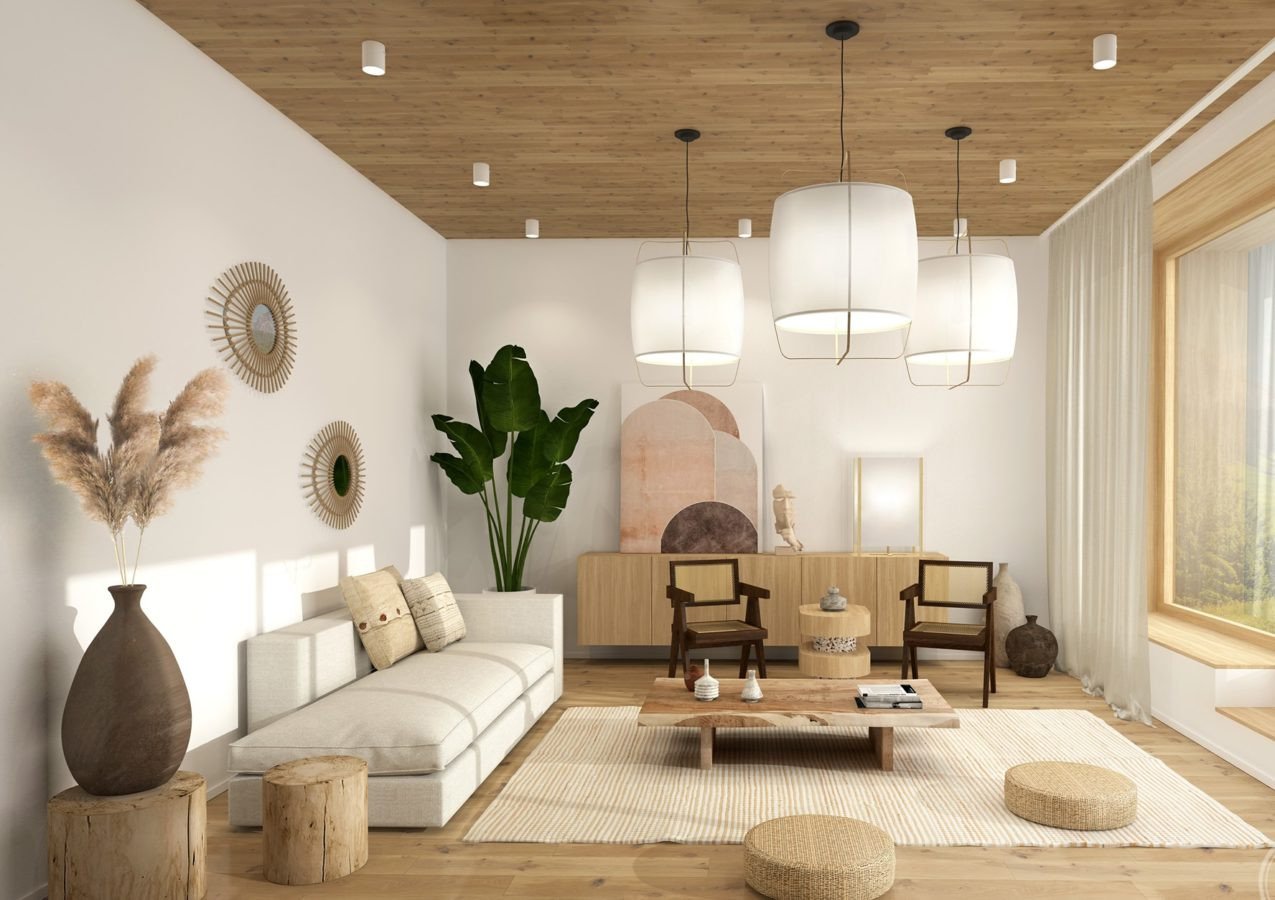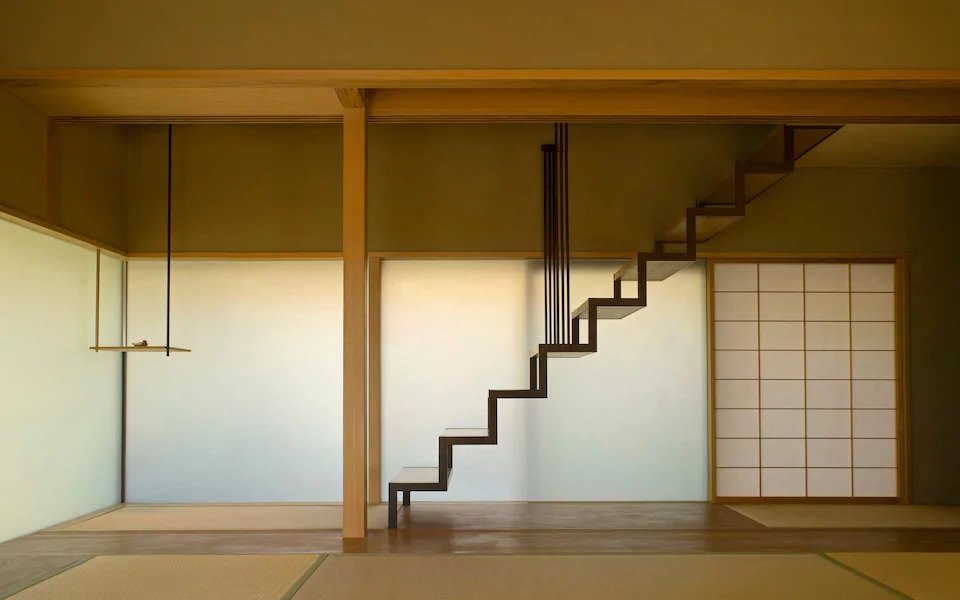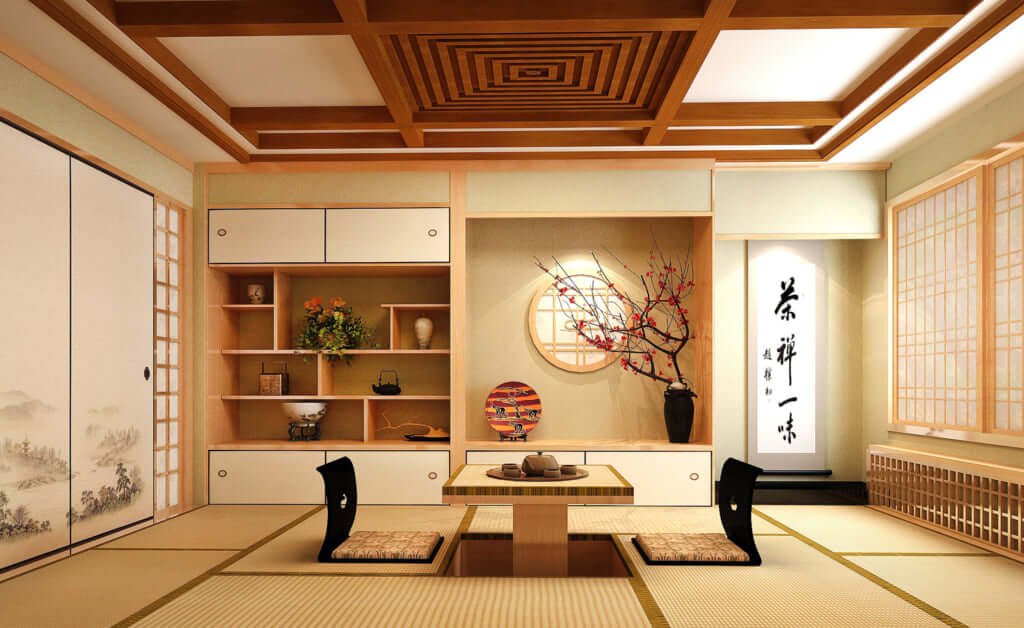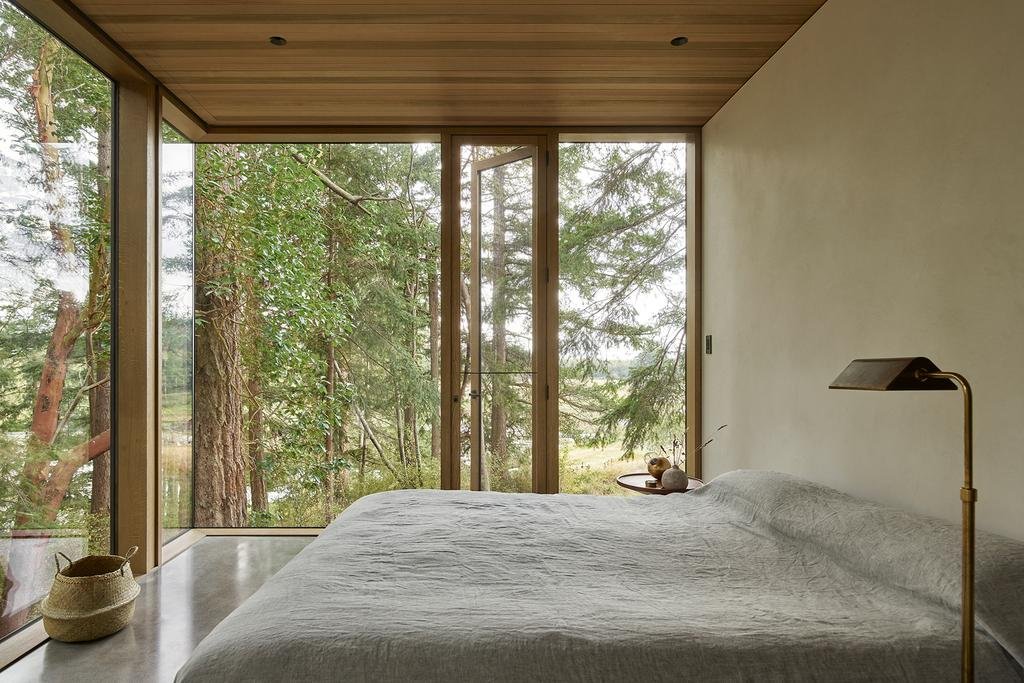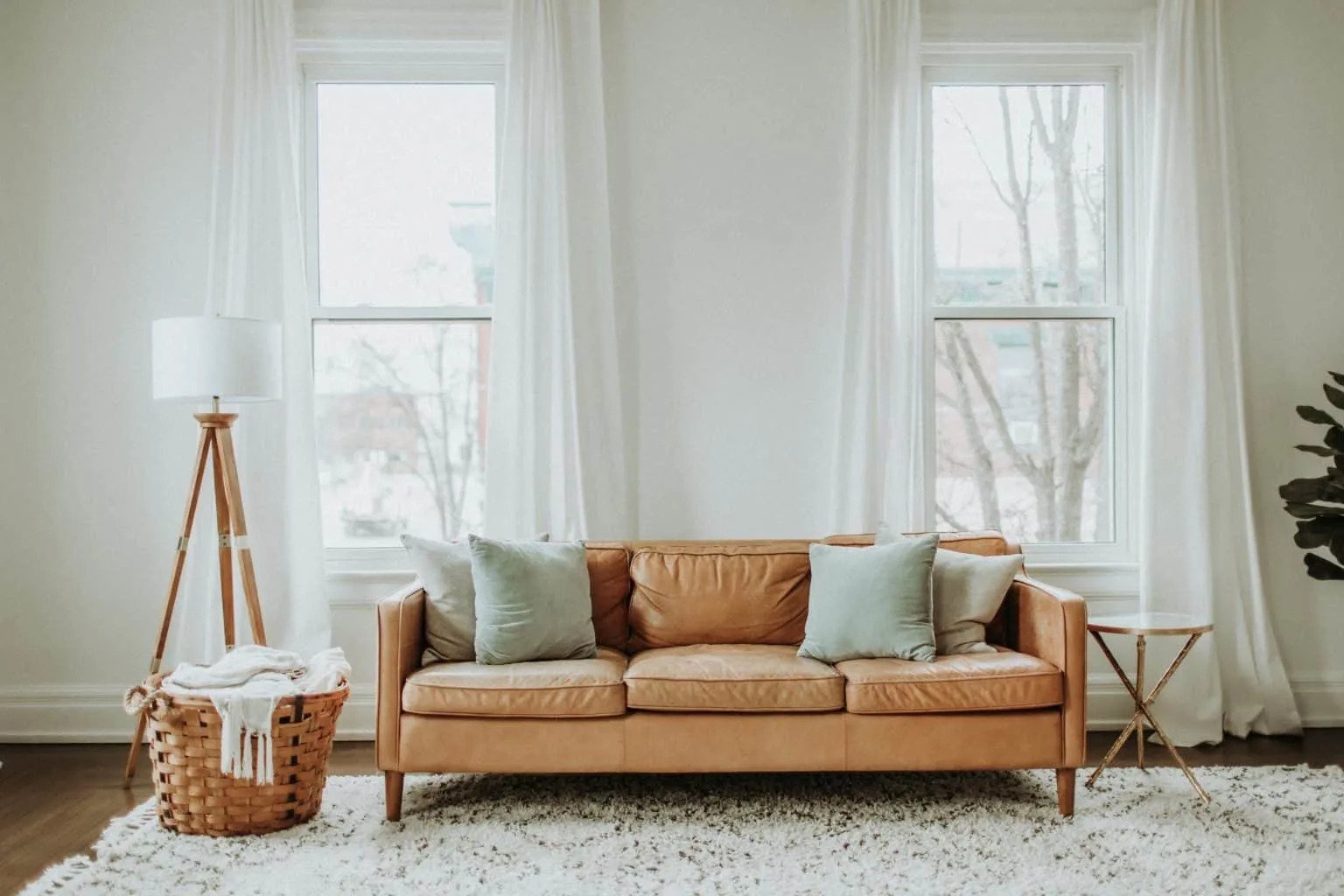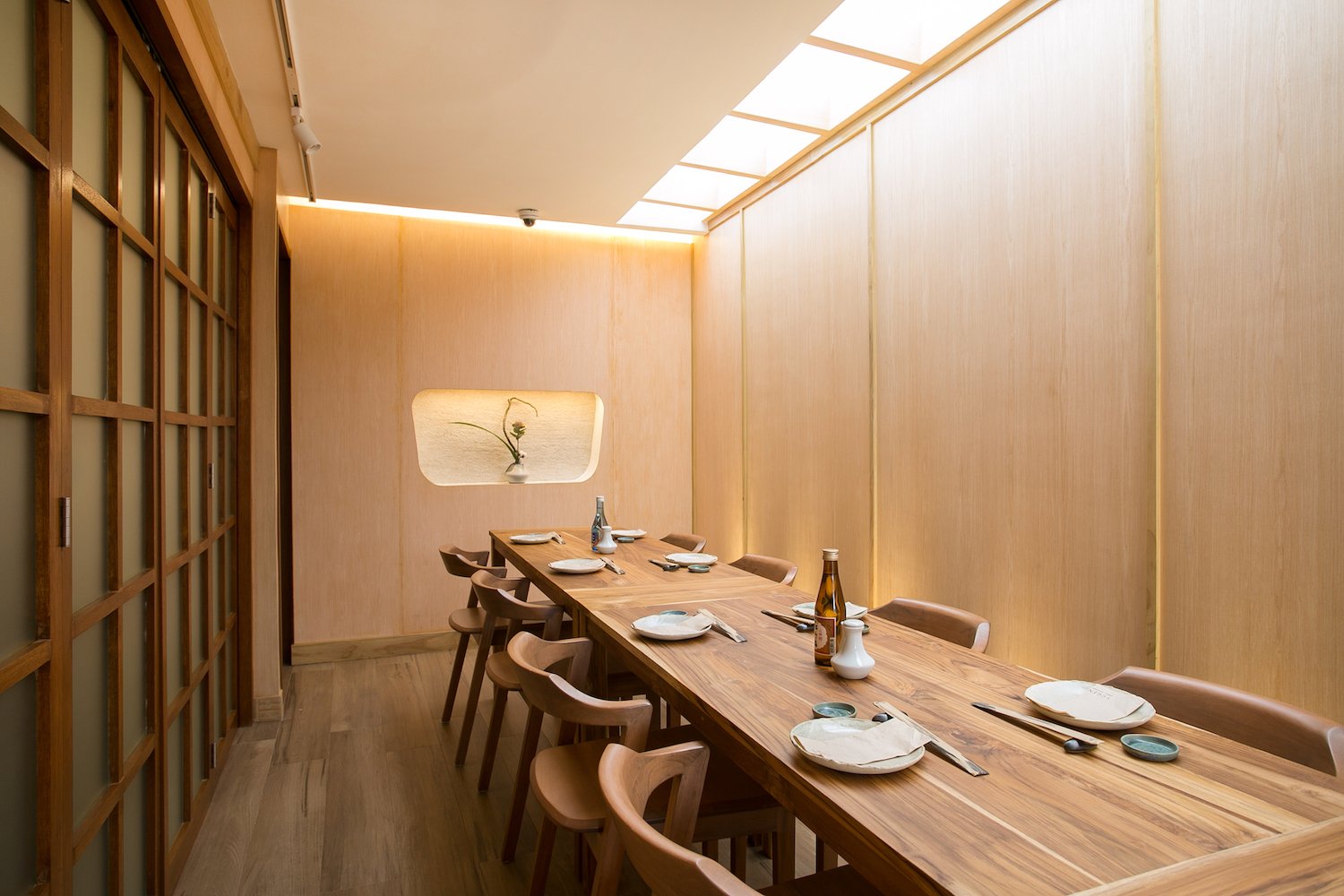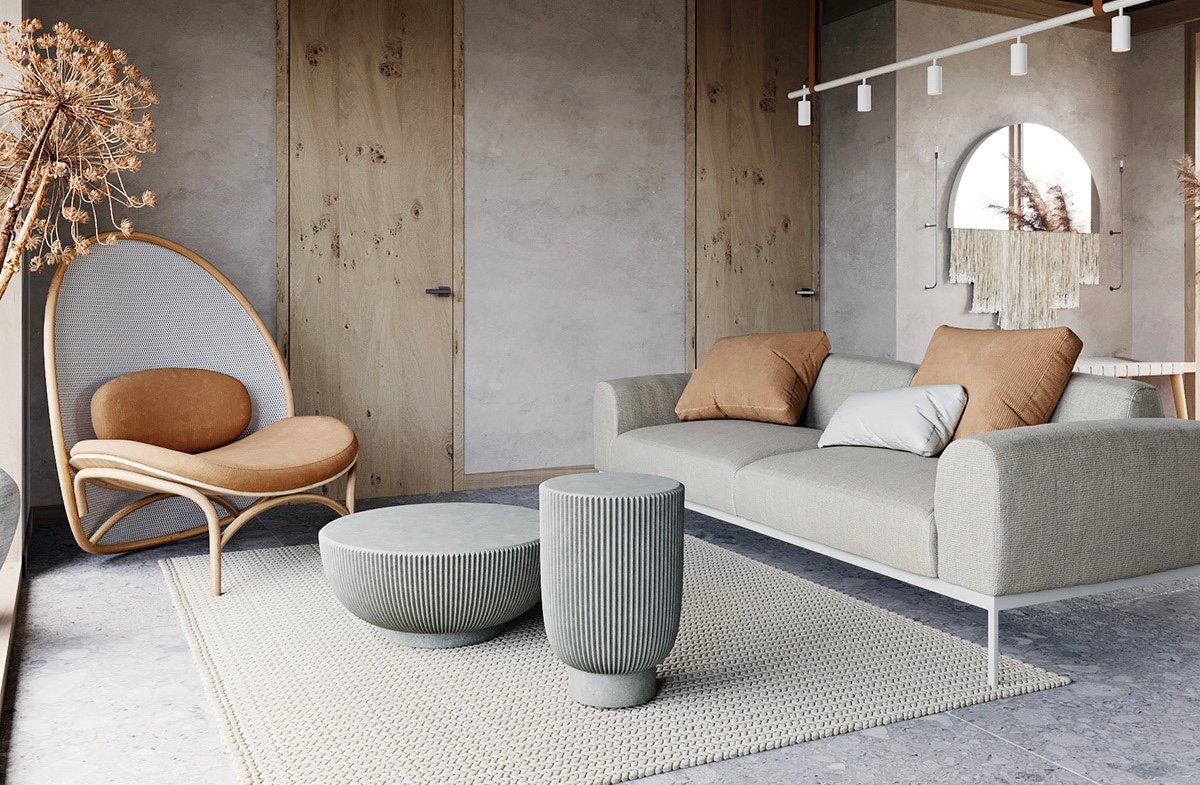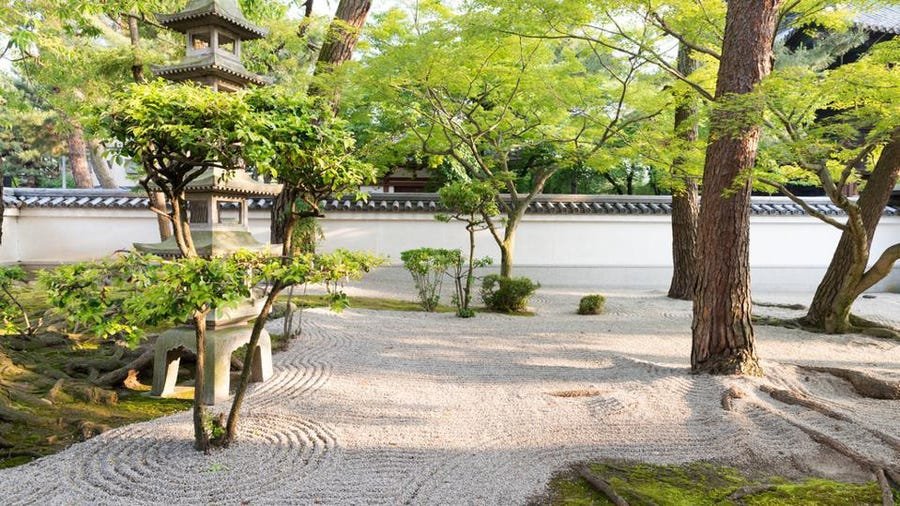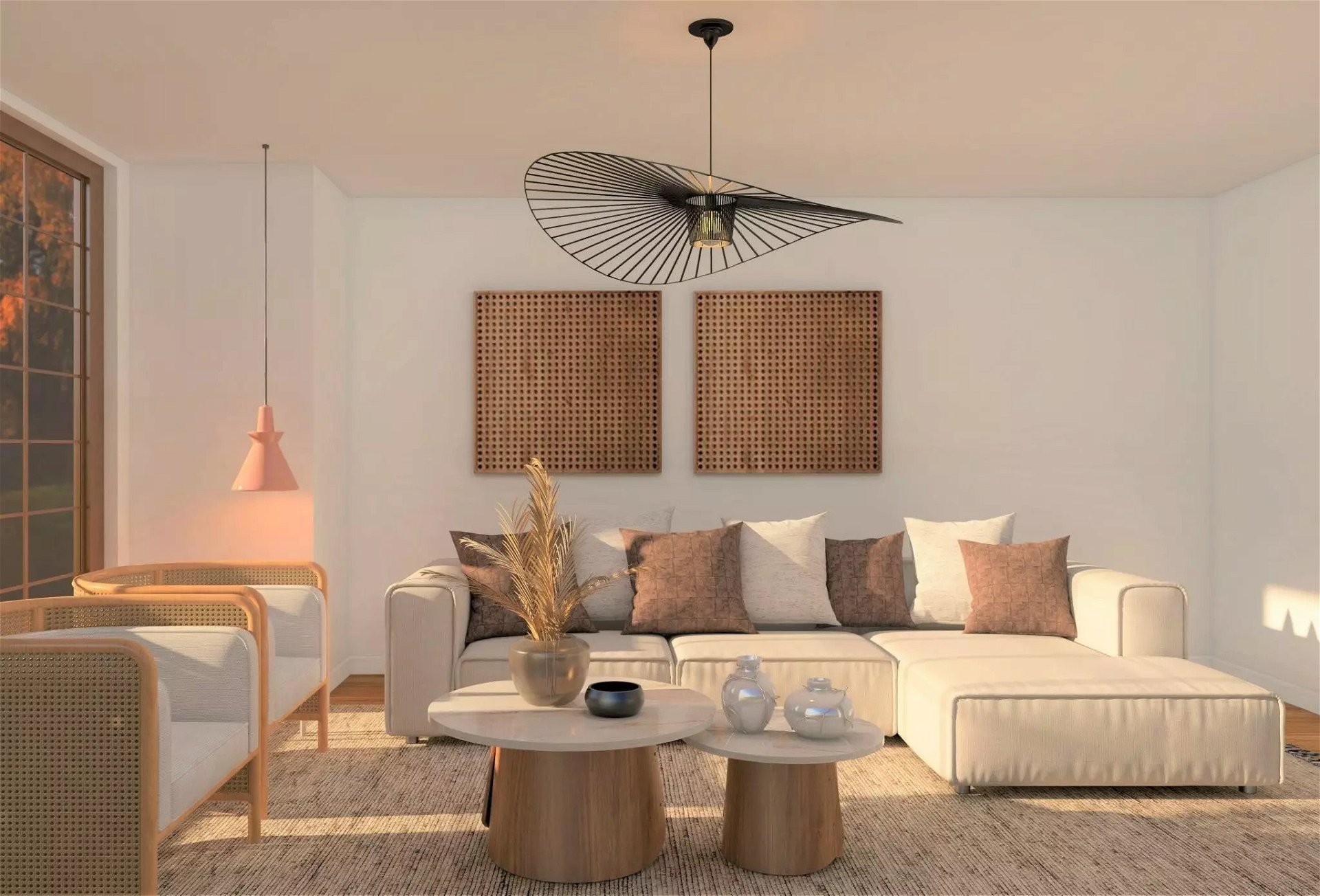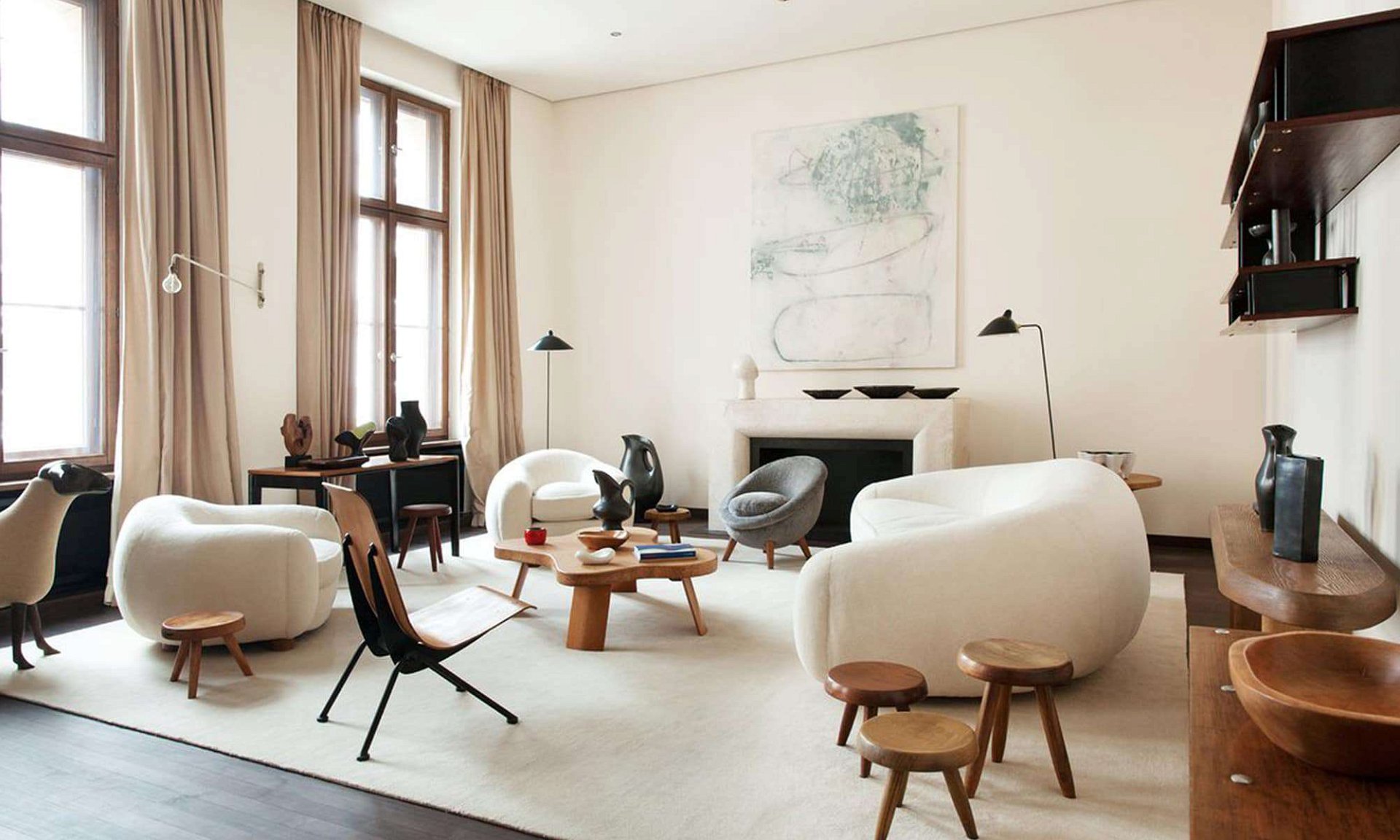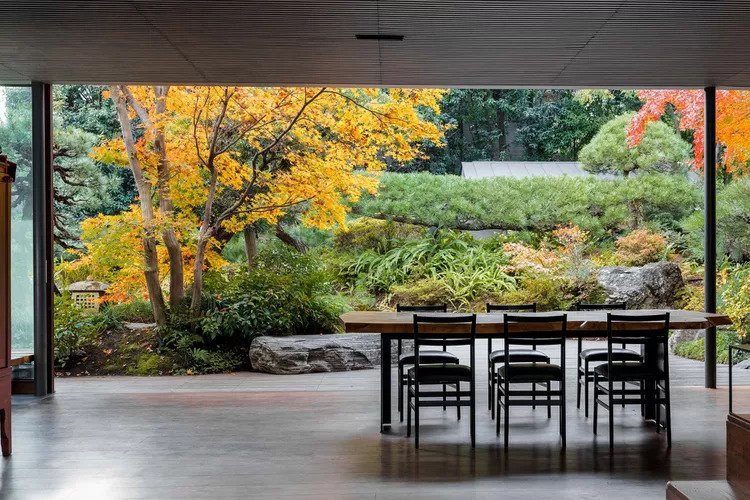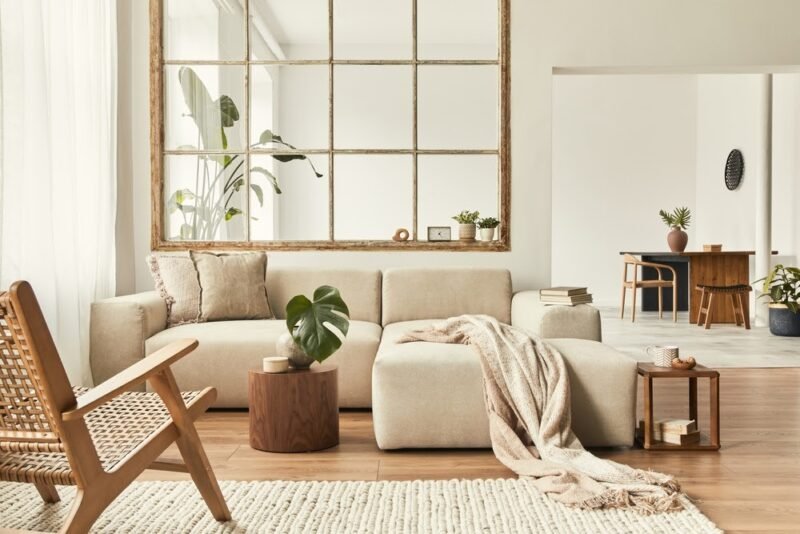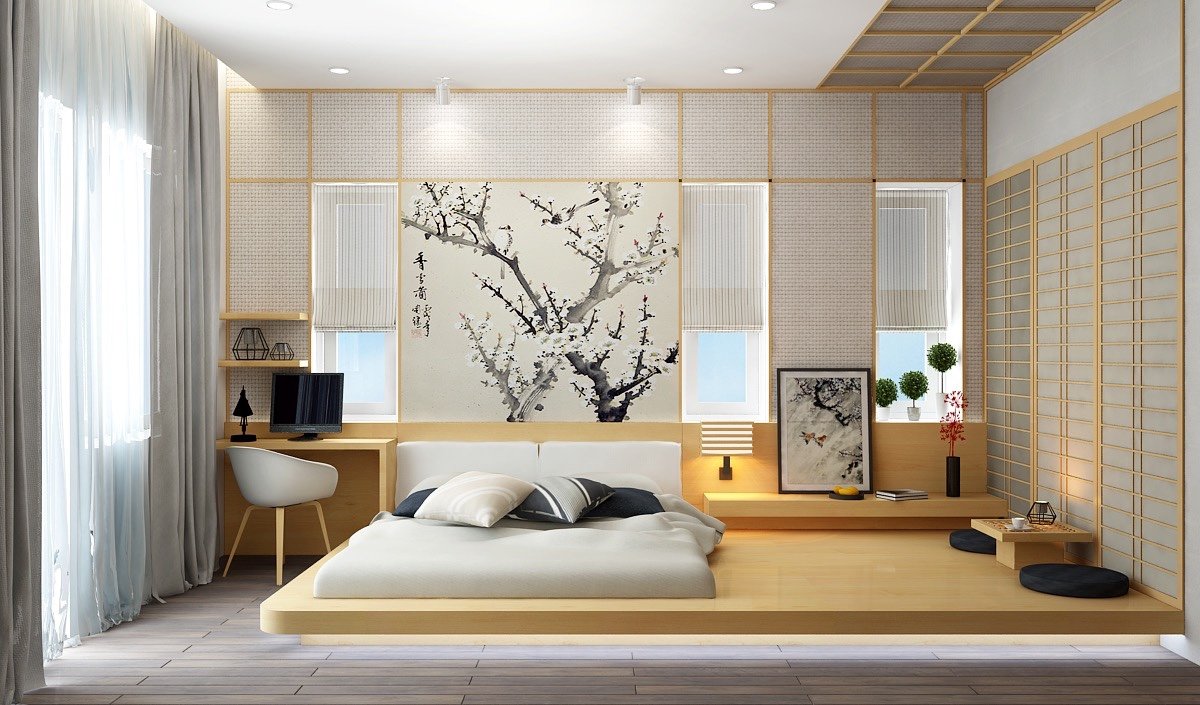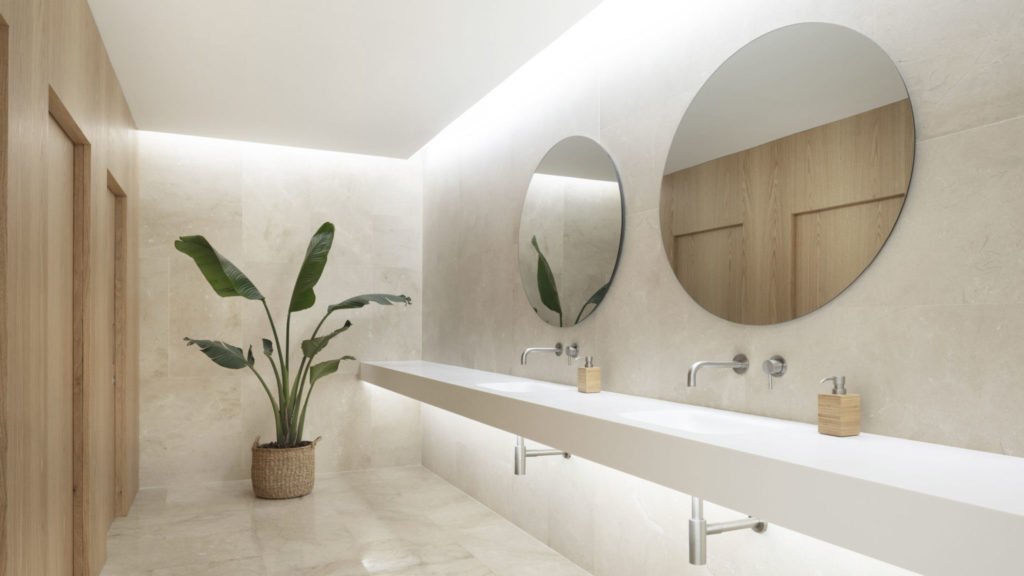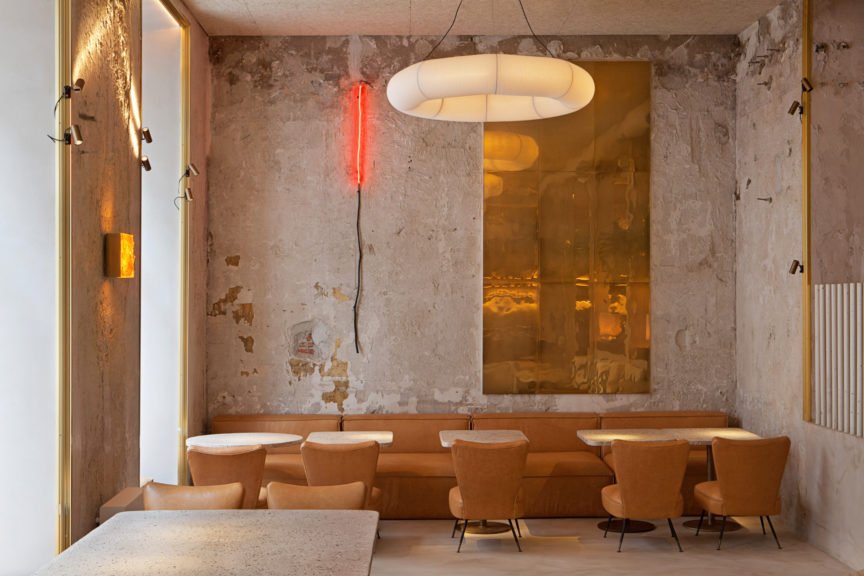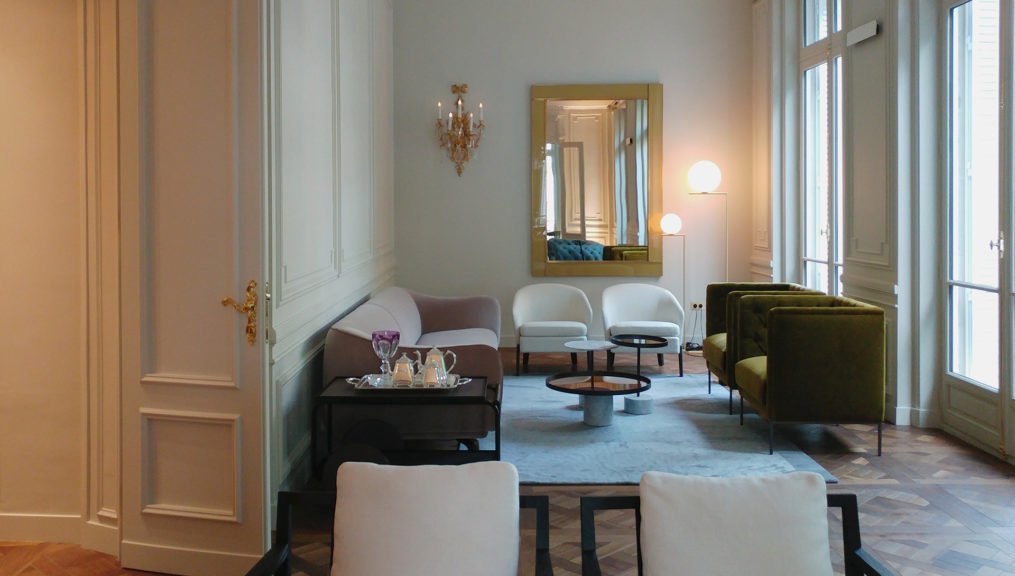7 Principles of Japanese Interior Design
The Japanese design language has a deeper philosophical understanding while reflecting a sensuous, playful and thoughtful expression. Japanese design philosophy, Wabi-Sabi aims at creating Zen aligned by the guidance of seven design principles.
1. Kanso (簡素)- Simplicity
Kanso is a reminder to use simplistic elements in a space that are easier to find, use, maintain and replace. A person can attain Kanso by contemplating and segregation the necessary from the non-essential.
2. Fukinsei (不均整)- Asymmetry or Irregularity
Zen, which symbolizes balance upholds its idea by emphasising that balance can be established in irregularity as well. Fukinsei is a representation of balanced asymmetry, a concept that seems like an oxymoron existing in harmony.
Shizen, an adjective, endorses people to look out of their artificially confined imagination to the free flow of nature. One can bring Shizen into their design by including nature in their design philosophy.
4. Shibumi (渋味) – Simple beauty
Shibumi denotes the beauty of things in their natural way without being emphasised. It stands against aesthetic manipulation is done to enhance the appearance.
5. Yugen (幽玄)- subtle grace
Yugen is based on the “less is more” ideology. This is a way of representing a space without showing everything. It is often expressed through clean and precise furniture.
6. Datsuzoku (脱俗) – escaping from habits
It takes 21 days of continuous practice to cultivate a habit and years to let go of one. Habits often contain human imagination and prevent one from acquiring new practices. Datsuzoku enables the user to break from the ordinary to achieve the unusual.
7. Seijaku (静寂)- tranquillity, stillness or solitude
A sense of pristine, calm and composure that a person gets while stepping into a Japanese zen garden is the representation of Seijaku.
Japanese Interior Design and its Surge
While Japanese interior design has existed for a long time, only recently has it gained recognition worldwide. Their use of high-quality materials and natural elements aligns well with the sustainability-driven choices.
In recent years, homes have gathered a lot of value as people spend a lot of time indoors. They looked for meaning within their dwelling spaces. The japandi style, with its calm and serene spaces, got popular this way. With elements representing timeless design and emphasis on quality over quantity, this minimalistic theme is becoming a popular preference. It is a style based on cultural and traditional routes adapted to modern practical scenarios.
Bring in Japanese Interiors with these 5 Elements
1. Textures and Materials reminiscent of Nature
Materials that are sustainable, natural and tactile such as wood, stone, jute and glass bring the essence of Japanese interior design into a space. Designers advise the usage of bright-coloured materials like birch or white oak wood to add character to an otherwise sober palette.
2. Layered Monotones – Hues and Shades of Brown
An off-white or beige wall with subtle textures and black metal accents are easier ways to incorporate Japandi interior design style. Warm tones elevating the natural light is an elevating feature of the design style that originated in the land of the rising sun.
3. Blurring lines between the outdoors and indoors
Materials that are sustainable, natural and tactile such as wood, stone, jute and glass bring the essence of Japanese interior design into a space. Designers advise the usage of bright-coloured materials like birch or white oak wood to add character to an otherwise sober palette.
Zen minimalism, a concept based on extending simplicity emphasizes the importance of decluttering a space and keeping only the essentials within space. Reducing the noisy elements within a space, not only helps maintenance of a space easier but also, gives freedom. One need not scare away from layering, just make sure it’s staged in a way that’s nonchalant yet elegant.
5. Finally, some signature Japandi Interior Design elements
Traditional Japanese interior design, however, seems haphazard and is fundamentally well thought out. An Alcove for hanging scrolls and ikebana flowers are commonly found elements in the space along with decor with a philosophical foundation like the Kintsugi ceramics. Decor elements are kept minimal in alignment with the design theme. Wall is kept bare without any treatments.

